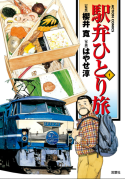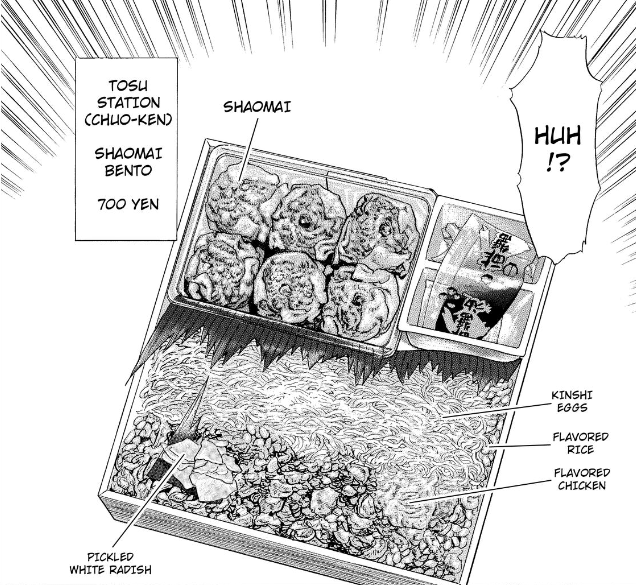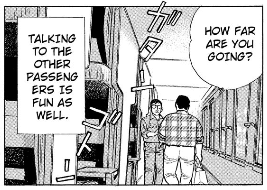 It’s the beginning of a new year and we’re all feeling energetic and stuff, right? I can’t think of a better time to tackle Manga Action (漫画アクション) magazine from Futabasha. Manga Action is another one of the manly manga magazines that fills convenience store racks on Japanese street corners.
It’s the beginning of a new year and we’re all feeling energetic and stuff, right? I can’t think of a better time to tackle Manga Action (漫画アクション) magazine from Futabasha. Manga Action is another one of the manly manga magazines that fills convenience store racks on Japanese street corners.
Like other purely seinen manga magazines, the audience is presumed to be adult males. The protagonists of the story are adult men, the stories told include sexual situations. The stories tend toward slice-of-adult-male-life, with a slight fantasy element thrown in, but the variety is surprising; Manga Action stories include comedy, sex, fantasy, adventure, psychological suspense and more.
Although you might not expect to have heard of any of the manga series running in Manga Action, the late, lamented JManga had a good relationship with Futabasha and was translating Nakua Hakao’s “Masuikai Hana” as “Anesthesologist Hana” and “Odds GP,” Ishiwata Osamu’s sports manga about the short-track bicycle racing known as Keirin.
Originally debuted in 1967, Manga Action was published weekly until 2003, when it was suspended for a time. It is currently released twice a month. At 380 yen ($3.65 at time of writing), each issue includes just over 350 pages of manga, so it’s a pretty good, cheap form of light entertainment for the salaryman on his daily commute. The Japanese Magazine Publisher’s Association puts per-issue circulation at 200,000 for Manga Action during October 2011-September 2012.
Like most other men’s manga magazines, Manga Action frequently sports a bikini-clad model on the cover and often has other pop culture tie-ins, like gravure photo shoots and girl-group news and interviews. Futabasha has a webpage for Manga Action, but to say it is “sparse” is an understatement. The single page with magazine and series information is more like a press kit than a website. However, there is a substantial Manga Action Webcomic Page, with sample chapters of many of the currently running stories. Manga Action has a dedicated Twitter account, in case you’re looking for updates and news.
Manga Action from Futabasha publishing: http://webaction.jp/action/



